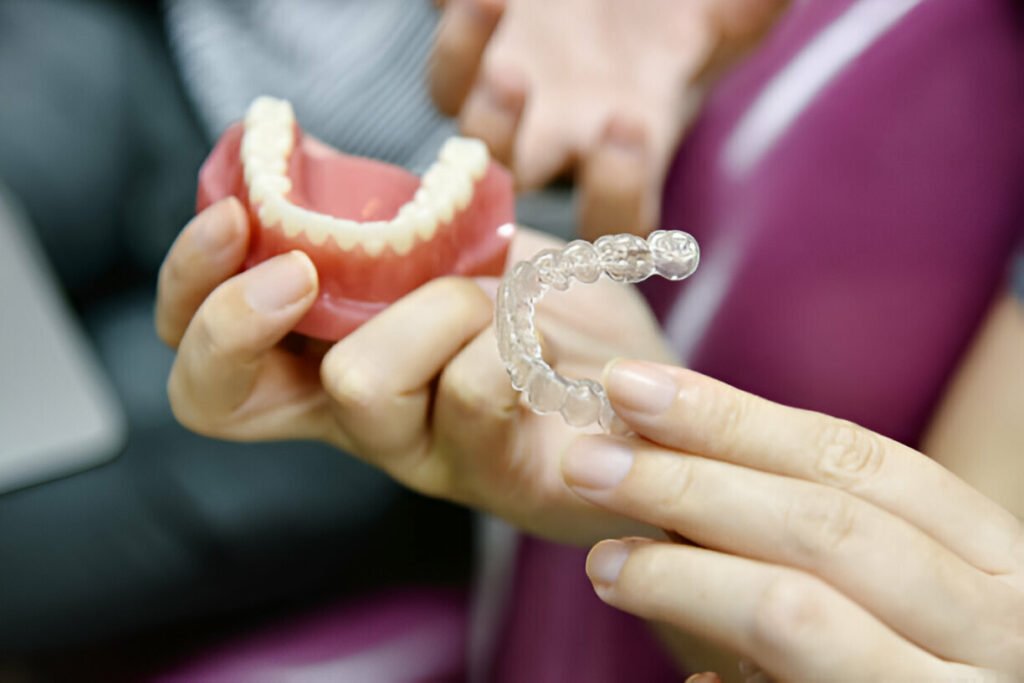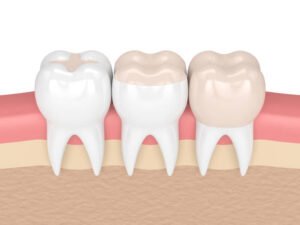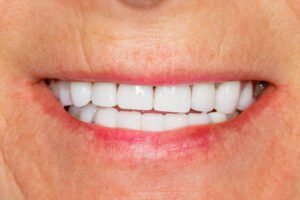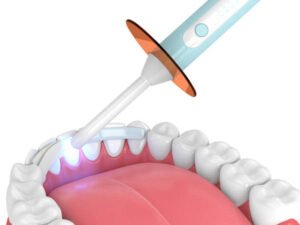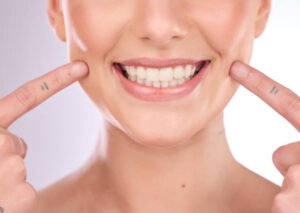Many people choose Invisalign aligners. They want to straighten their teeth discreetly. They are clear, removable, and comfortable. But, many people ask, “Is Invisalign painful?” Let’s explore this topic in detail to understand what you might experience with Invisalign and how to manage any discomfort.
Understanding Invisalign Pain
Compared to traditional metal braces, Invisalign is generally less painful. However, it is common to feel some discomfort when you first start wearing the aligners. This is because the aligners are moving your teeth into a new position, which can cause a mild squeezing sensation.
Why Does Invisalign Hurt?
Invisalign aligners work by applying gentle pressure to your teeth. This pressure helps to close gaps and align your teeth properly. The discomfort you feel is a sign that the treatment is working. It means your teeth are moving into a better position.
Sometimes, you may experience more pain in one tooth than others. This can happen if that tooth needs to move more to achieve proper alignment. The edges of the aligners can also cause some friction against your gums and lips, leading to minor irritation.
How Long Does Invisalign Hurt?
The pain from new Invisalign aligners typically lasts for a few days. Most people find that the discomfort fades within a week. However, some may feel a bit of pain each time they switch to a new set of aligners, which usually happens every two weeks.
It’s important to remember that pain levels can vary from person to person. Some people may not feel any pain at all, while others might experience mild discomfort. If you have sensitive teeth or gums, you may feel more discomfort.
Managing Invisalign Pain
While Invisalign pain is usually mild and temporary, there are several ways to manage and reduce discomfort:
1. Eat Soft Foods
During the first few days of wearing new aligners, your teeth may be sensitive. Eating soft foods can help reduce discomfort. Opt for foods like soups, mashed potatoes, yoghurt, and smoothies. Avoid hard or crunchy foods that can aggravate your teeth.
2. Use a Cold Compress
Applying a cold compress to your jaw can help reduce pain and swelling. Use an ice pack or a cool washcloth and hold it against the painful area for 10 minutes. Repeat this several times a day as needed.
3. Stick to Your Schedule
Wearing your aligners for at least 22 hours a day is crucial for effective treatment. Changing your aligners on schedule helps your teeth adjust gradually, reducing the overall pain. Don’t keep your aligners out for too long, as this can delay the adjustment process and increase discomfort.
4. Use Orthodontic Wax
If the edges of your aligners are causing irritation, orthodontic wax can help. Apply a small amount of wax to the rough areas of your aligners to reduce friction against your gums and lips. This can prevent sores and make wearing the aligners more comfortable.
5. Maintain Good Oral Hygiene
Keeping your teeth and aligners clean is essential. Brush your teeth after every meal and rinse your aligners regularly. Good oral hygiene helps prevent infections and reduces the risk of additional pain.
6. Take Over-the-Counter Painkillers
If the pain is severe, over-the-counter painkillers like ibuprofen or paracetamol can help. Always ask your doctor before taking any medication. This is especially true if you have other health conditions.
Specific Types of Invisalign Pain
Tooth Pain
Tooth pain is common when you first start wearing Invisalign or switch to a new set of aligners. This pain is usually due to the pressure applied to move your teeth. The best way to deal with this is to follow the tips mentioned above and give your teeth time to adjust.
Jaw Pain
Jaw pain can occur if you clench or grind your teeth while wearing the aligners. This pain usually goes away once your jaw gets used to the new position of your teeth. A warm compress on your jaw can help relieve the soreness.
Tongue Pain
Sometimes, the edges of the aligners can irritate your tongue, causing sores or ulcers. If this happens, use orthodontic wax to smooth the edges and rinse your mouth with salt water to promote healing.
Pain When Removing Aligners
Removing your aligners can be painful, especially if they are tight. Always use your fingers to remove the aligners, starting from the molars. Avoid using tools, as this can damage the aligners and your teeth. The pain should decrease as your teeth adjust to the aligners.
When to See Your Dentist
While some discomfort is normal, certain symptoms are not. If you have extreme pain, bleeding gums, or facial swelling, contact your dentist right away. These could be signs of a more serious issue that needs professional attention.
Final Thoughts
Invisalign is a less painful alternative to braces. But, some discomfort is normal. Understanding the types of pain and how to manage them. This knowledge can make your Invisalign journey smoother. It will also be more comfortable. Always follow your dentist’s advice. Keep your teeth clean to get the best results.
Contact Old Town Dental Care
If you’re ready to achieve a perfect smile with Invisalign, Old Town Dental Care is here to help. Our experienced team will guide you through the process, ensuring a comfortable and successful treatment. Contact us today to book your consultation and start your journey to a straighter, healthier smile. Call us now or visit our website to schedule your appointment!
FAQs about Invisalign Pain
Does Invisalign hurt more than braces?
Invisalign is generally less painful than traditional braces. Braces can cause much discomfort from brackets and wires. But, Invisalign aligners use gentle pressure to move your teeth. This causes milder and more manageable pain.
Can I take painkillers for Invisalign pain?
Yes, over-the-counter painkillers like ibuprofen or paracetamol can help alleviate Invisalign pain. Always ask your doctor before taking any medication. Check to ensure it’s safe for you, especially if you have other medical conditions.
How can I reduce gum pain from Invisalign?
orthodontic wax on the rough edges of your aligners can reduce gum pain. Also, brush and floss well. Using a saltwater rinse can soothe gums and prevent sores.
Is it normal for my teeth to feel loose with Invisalign?
Yes, it’s normal for your teeth to feel slightly loose as they move into their new positions. This is a sign that the aligners are working effectively. The feeling should subside once your teeth adjust to the new aligners.
What should I do if my aligners are too painful to remove?
If your aligners are too painful to remove, use your fingers to gently wiggle them loose. Start from the back molars. Avoid using tools to prevent damage. If the pain persists, contact your dentist for advice.

